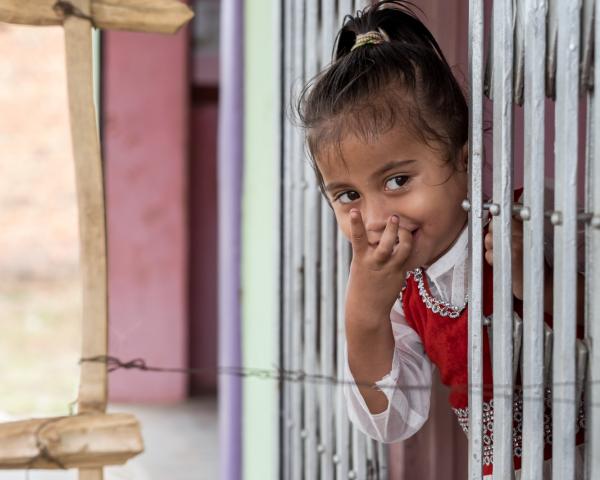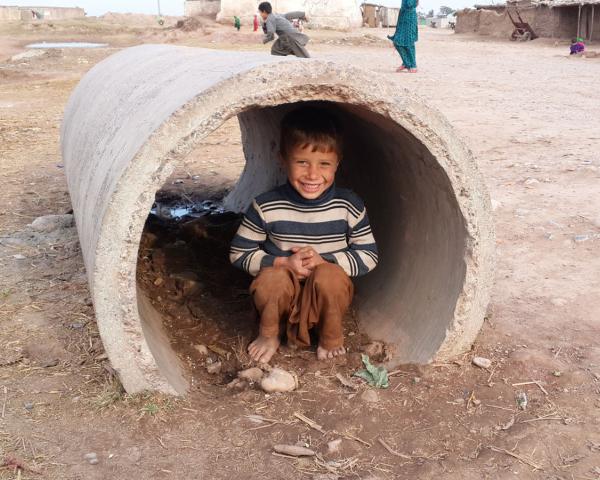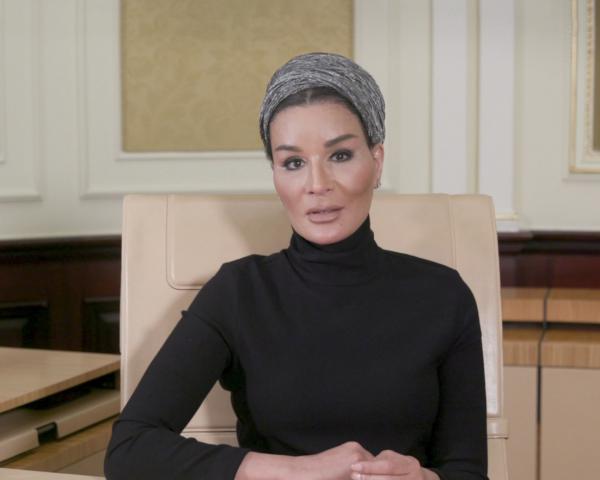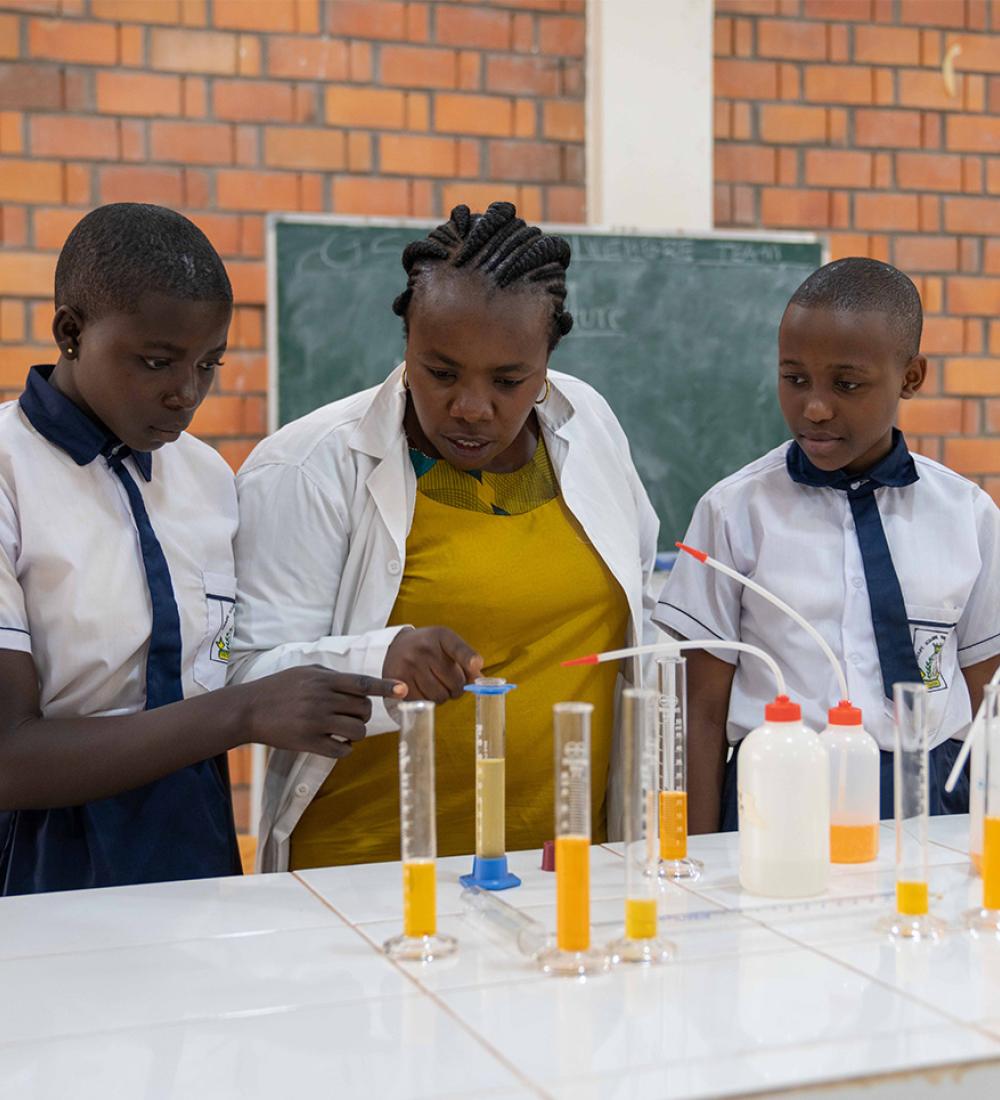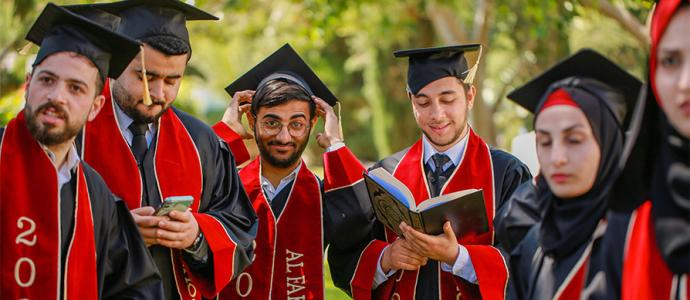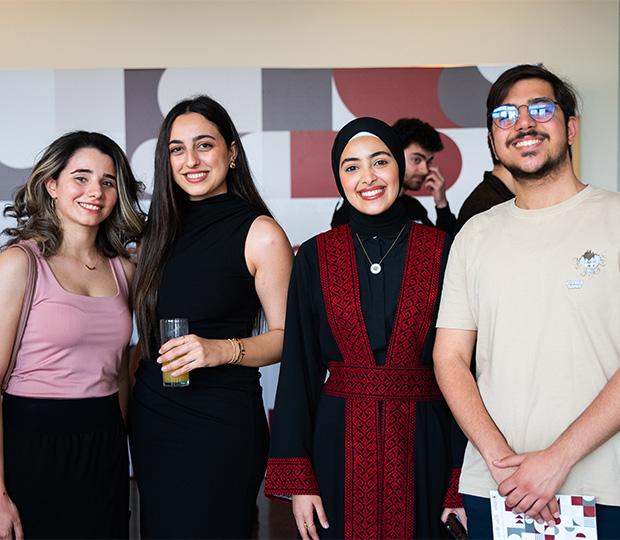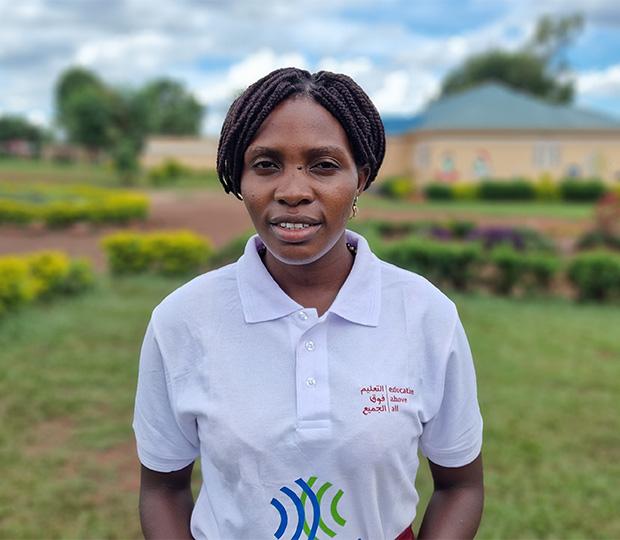OSLO EDUCATION SUMMIT
Location: Oslo, Norway
The main focus of the summit is on financing for education and it is expected that a number of donor countries will be represented at ministerial or senior official level. The summit will also focus on the particular need for increased financing for education in emergencies and crisis situations.
Participants in the high level segment will be ministerial representatives from donor and developing countries and heads of international agencies and partnerships. The meeting is by invitation only and will be limited to 40 – 50 countries or agencies.
There will be four panel discussions in the high level meeting:
- Investment in education: increased external support and domestic resource mobilisation for education, for efficient and results oriented progress towards universal education.
- Girls’ education: increased and targeted support for enrolment in secondary and higher education, with a particular focus on the links between health and education.
- Education in emergencies: increased and targeted humanitarian and post-crisis support for education, with a particular focus on marginalised groups.
- Quality of learning: increased and targeted support for more and better qualified teachers, improved learning materials, use of innovation and technology, and skills tailored for labour market demands.
The high level meeting is preceded by a civil society meeting on Partnering for Education which Gordon Brown, Julia Gillard (Chair of GPE) and Børge Brende (Norway Foreign Minister).
The Prime Minister of Norway, Erna Solberg, will take the key messages from the Oslo summit to the third Financing for Development conference in Addis Ababa, Ethiopia on July 13 – 16th .
Financing Education – Opportunities for Action
Key Facts and Figures from background paper (Steer and Smith, 2015)
58 million out of school children. Children in rural areas twice as likely not to go to school. Poorest children five times less likely to complete primary school than the richest. 36% of out of school children live in conflict affected zones; 16 out of the 20 countries furthest from reaching the Education for All goals are in Sub Saharan Africa.
UNESCO estimates annual financing gap for basic education (including pre-primary and lower secondary to US$22 billion. Brookings estimates total annual cost to get countries on track to reach the basic education goals by 2020 will be US$30 billion in low income countries. The spending on basic education in low income countries in 2012 was approximately US$11 billion from domestic public spending and US$2.2 billion from ODA. This implies a financing gap – for low income countries – of US$6.8 billion per year.
Domestic public spending in education has increased in most developing countries over the last decade, reaching 4.6 per cent of GDP on average in 2012 (compared to target of 5.5% per cent.) This increase has largely been financed by strong economic growth and better tax collection. Education’s share of total public expenditure has however not increased. In addition, allocation patterns have been unequal and are often skewed towards higher education and the upper quintiles of income.
Traditional donor financing (ODA) for education stagnated in 2010 and has begun to fall. Primary education in low income countries has suffered particularly badly from the fall in aid both in absolute terms and in terms of share of the total. For example, the share of ODA for primary education in Sub Saharan Africa declined from 52 per cent to 30 per cent between 2002 and 2013. The share of multilateral aid for education has also declined. The share of humanitarian for education is also very low at only 1.6 per cent of the total.
The report notes the growing role of 'non-traditional donors' including Arab donors in education (p46ff). UAE reported US$100 million in aid to education in 2013 up from US$23 million in 2010. If general budget support is included this would increase to over US$700 billion. [NOTE: The report references EAA and EAC but does not provide figures on EAA’s commitments of around US$300 million from 2012 – 2014.] The Islamic Development Bank and the Saudi Fund for Development contributed US$740 million and US$690 million respectively to education from 2010 – 2012, mostly in the form of loans or non-concessionary finance.
The report also notes the importance of private development assistance from individual and corporate philanthropists. This totalled approximately US$30 billion in 2012 which was around 25 per cent of net ODA. The report indicates a strong interest in education from private philanthropy but does not estimate shares going to the sector. [NOTE : The report also omits to discuss remittances. A key source of additional financing for development estimated at over US$430 billion in 2014.]
The report proposes four Actions (p14ff):
- Establish a Global Commission on Education and Financing.
- Create a Global Platform for Coordination and Scale Up of External Support (potentially integrated into the GPE or a Global Fund for Education).
- Commit to a Data Revolution in Education – linking financing and learning.
- Seize opportunities to Mobilize and Manage Domestic Resources for Education.
EAA Key Messages
- We strongly support the focus of the Oslo Education Summit on the Unfinished Agenda. We must hear and respond to the demands of millions of children who are still denied their right to a good quality basic education because their families are too poor or they come from marginalised communities or they are driven from their homes by war and conflict – or simply because they are girls.
- We often quote the fact 60 million children still do not have access to primary education and over 250 million do not learn basic literacy and numeracy skills. But have we seriously considered the consequences of this failure to invest in the future of our children?
- What hope is there for sustainable global development when such a number of children do not have a basic knowledge of the world beyond their village or community? How can poor countries build their way out of poverty without an educated and empowered population? What choices are we giving to girls to escape early marriage and early child bearing if we do not even give them a basic education?
- This panel session is about financing for education. There is no more important subject. We all know that money alone will not solve the problem of poor quality education for poor people. But without more resources – both from donors as well as public and private funds in developing countries – there is no way that we will see a significant improvement in the quality and access to basic education. To use the economists’ favourite phrase: more and better financing for education ‘is an absolutely essential though not sufficient condition’ to ensure that every child is in school and learning.
- The Education Above All Foundation was established in 2012 to bring together all of the global support for education provided by Her Highness Sheikha Moza bint Naser of Qatar. As a nation, Qatar has invested massively in the education of its own people – building one of the world’s largest ‘Education Cities’ to attract the brightest and best students and teachers from the region and around the world. Qatar has also in the best traditions of Islam committed to providing support for education of the poorest children and young people of the world and has promised to spend at least 50% of its overseas aid assistance on education.
- EAA through the Educate A Child programme has committed over US$300 million to support primary education for 5 million children in more than 40 countries. We have also helped to secure co funding of nearly US$600 million from our partner organisations.
- As we enter our second phase, Education Above All will seek to mobilise additional resources from public and private donors in ways that will sustain the impact of the programmes.
- We are reaching out to new donor partners – including in the private sector – in the Gulf region as well as in the UK, Europe and other regions. We are placing particular emphasis on new partners that would not traditionally be involved in education and development – such as sports; the oil and gas industry; hotels and retail; and the financial services sector. All of these industries as strong interest in educated populations to provide the workforce and customers of the future. We hope to leverage the unique investment profile of Qatar as well as maximise the benefit of Her Highness Sheikha Moza’s global leadership to mobilise additional resources for education.
- We realise that these new sources of finance cannot and should not replace the funding provided by governments of donor as well as developing countries. We support the call of the organisers of this conference to all governments to meet their promises to fill the US$22 billion financing gap for education. We hope that we will be able to make a contribution towards filling that gap as well as promoting and supporting innovative financing mechanisms to deliver education for the poorest and most marginalised children and young people of the world.
More Information: http://www.osloeducationsummit.no






